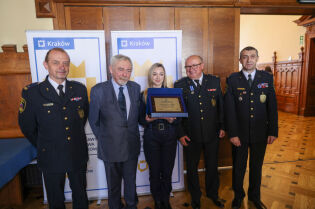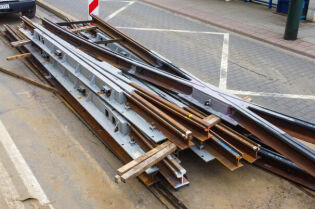0.4oC
1012.5 hPa
Źródło danych: IMGW-PIB
Marii i Marcelego
JAKOŚĆ POWIETRZA data pomiaru 2024-04-26 00:00 data pomiaru 2024-04-26 02:00 data pomiaru 2024-04-26 03:00 data pomiaru 2024-04-26 03:00 data pomiaru 2024-04-26 02:00 data pomiaru 2024-04-26 03:00 data pomiaru 2024-04-26 02:00 data pomiaru 2024-04-26 02:00 data pomiaru 2024-04-26 02:00
Umów się na wizytę w Urzędzie Miasta Krakowa WIĘCEJ
Aktualności

Dzięki ich pracy Kraków jest bardziej bezpieczny

Pogoda nie rozpieszcza. Wracają przymrozki

Remont ul. Kościuszki: zmiany w kursowaniu linii 134 i 502

Dziś wracają nocne przejazdy na rolkach

Pamiętaj – 1 i 3 maja płatne parkowanie!

30 drzew na 30 lat Sinfonietty Cracovii

Żłobek przy ul. Drożyska: rozpoczęło się projektowanie

Zobacz, co słychać w Twojej dzielnicy

Autobusem do zoo i Ojcowa – więcej kursów już od najbliższego weekendu

Składanie wniosków do planu ogólnego przedłużone

Chodź na maraton fitness! Ostatnie wejściówki do pobrania

Kontynuujemy cykl ważnych rozmów o bezpieczeństwie

Roboty na moście Dębnickim – zmiany dla pieszych i rowerzystów

Kończy się remont na al. Solidarności – czas na asfaltowanie jezdni

Roboty przy przystanku „Politechnika”, tak będą kursować tramwaje

Tak pojedzie komunikacja miejska w czasie weekendu majowego
Informacje praktyczne
Multimedia
Opinie, stanowiska, polemiki
Kraków w pigułce
Kraków dla
E-samorząd
Polecamy
Atrakcje turystyczne

















